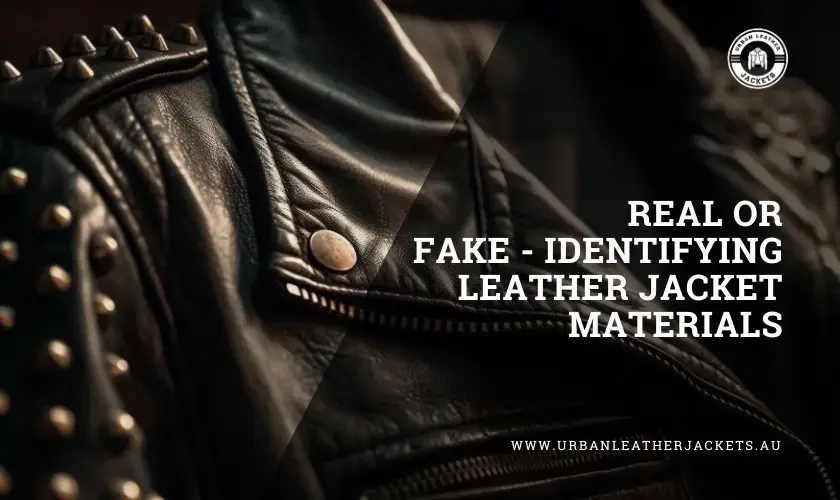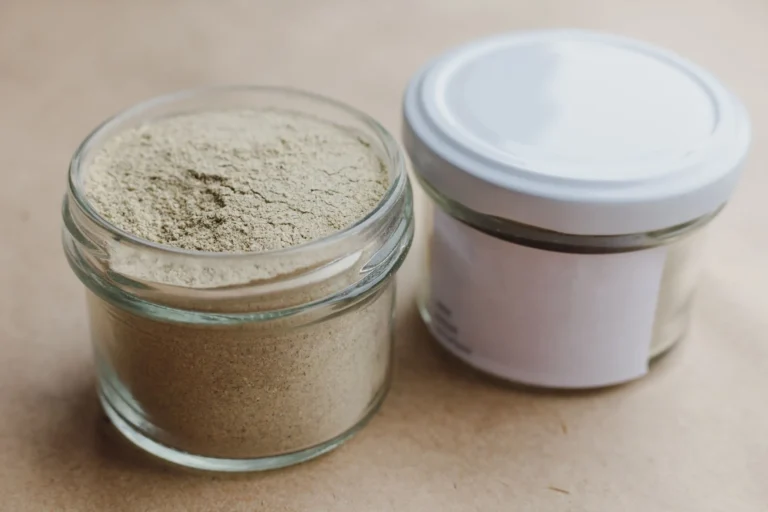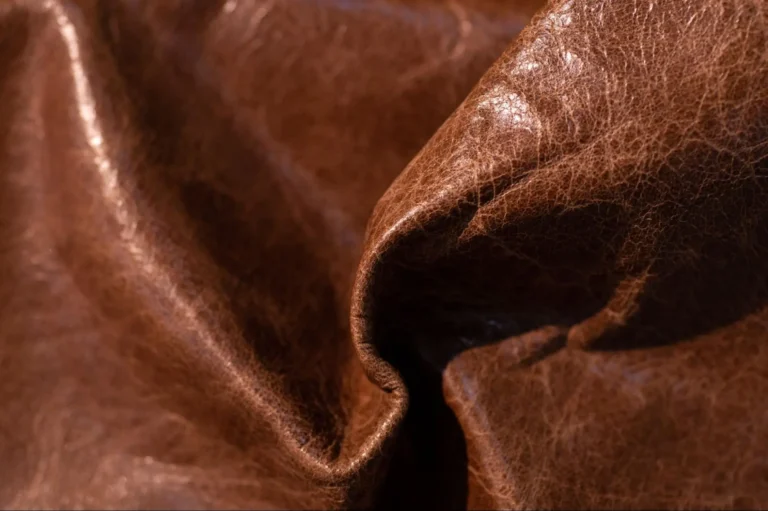Leather jackets are timeless fashion staples that offer both style and durability. However, with the market flooded with faux leather, it can be challenging to determine how to tell if a leather jacket is real. Genuine leather provides unmatched quality, comfort, and longevity, making it a worthwhile investment. Faux leather, however, often lacks the unique characteristics that set real leather apart. Understanding these distinctions becomes crucial when comparing a real leather jacket vs. a fake.
This article delves into the nuances of identifying real leather jackets, offering detailed insights and practical tips to help you distinguish between genuine leather and synthetic counterparts. By understanding the key indicators of authenticity, you can make informed decisions and ensure that your next leather purchase is authentic.
Spotting Real Leather: Key Indicators
Texture and Feel
Genuine leather has a unique texture and feel differentiates it from synthetic materials. Real leather is soft and supple, with a natural grain pattern that varies across the surface. When you run your fingers over it, you should feel slight imperfections and variations, indicating the organic nature of the material. Faux leather, on the other hand, often feels more rigid and uniform, lacking the irregularities of real leather.
Smell
The scent of real leather is distinct and earthy due to the natural tanning process. It’s a rich, somewhat musky smell that synthetic materials can’t replicate. When determining how to tell if a leather jacket is real, trusting your nose is key—real leather has a fragrance that synthetic materials simply can’t match. In contrast, due to the manufacturing process, faux leather usually smells like plastic or chemicals.
Pores and Grain
Examine the surface of the jacket closely. Real leather will display tiny pores and an inconsistent grain pattern, reflecting the animal hide it was made from. These natural imperfections are a hallmark of authenticity. Faux leather typically has a more uniform, machine-made look, consistent patterns, and no pores.
Weight
Real leather jackets tend to be heavier than their faux counterparts. The density and quality of genuine leather contribute to a significant weight difference. When comparing two jackets, the heavier one is more likely to be made of real leather.
Real vs. Faux: The Leather Jacket Test
The Water Test
The water test is one simple way to test for real leather. Place a small drop of water on the surface of the jacket. Real leather will absorb the water slowly, leaving a dark spot that eventually dries out and they do not get wet. Faux leather, however, will cause the water to bead up and roll off without absorption.
The Scratch Test
Gently scratch the surface of the jacket with your fingernail. Real leather will show a slight mark that can be buffed out with pressure. This characteristic is due to the natural fibres of the hide. Faux leather is more likely to resist scratching or show permanent damage.
The Burn Test
Though not recommended for jackets you’re considering purchasing, the burn test can be used on small leather scraps. Real leather burns slowly and smells like burning hair due to its protein content. Faux leather, made from synthetic materials, will melt quickly and emit a chemical odour.
Unveiling Genuine Leather Jackets
Stitching and Craftsmanship
Examine the stitching and overall craftsmanship of the jacket. High-quality leather jackets feature tight, even stitching, enhancing durability and aesthetic appeal. Real leather jackets often have reinforced seams and attention to detail, which is less common in faux leather garments.
Lining and Interior
The lining and interior construction can also reveal the jacket’s authenticity when determining fake vs real leather. Genuine leather jackets often come with high-quality linings from materials like silk or cotton. The interior should feel as premium as the exterior, reflecting the overall quality of the garment.
Aging and Patina
One of the most charming aspects of real leather is its ability to age gracefully. Over time, genuine leather develops a patina, a soft sheen that adds character and uniqueness to the jacket. Knowing how to tell if a leather jacket is real helps you appreciate this natural ageing process. Faux leather, in contrast, tends to crack and peel as it ages, lacking the natural ageing process of real leather.
Distinguishing Between Real and Fake Leather Jackets
Surface Inspection
Closely inspect the jacket’s surface for inconsistencies. Real leather will show natural variations in colour and texture, while faux leather often looks too perfect and uniform. Additionally, real leather may have minor scars or blemishes from the animal hide, adding to its authenticity.
Flexibility
Real leather is more flexible and moulds to the wearer’s body over time. When you bend or fold a real leather jacket, it should show slight wrinkles that smooth out when you straighten it. This characteristic is a key indicator of distinguishing a real leather jacket from a faux one. Faux leather, being less flexible, tends to remain stiff and doesn’t conform as naturally to body movements.
Heat Retention
Another subtle difference is heat retention. Genuine leather tends to warm up to your body temperature and retain heat, making it comfortable in various weather conditions. Faux leather does not retain heat as effectively and may feel colder.
Real or Fake: Identifying Leather Jacket Materials

Bonded Leather
Be cautious of jackets labelled as “bonded leather.” This material is made from leftover leather scraps bonded with polyurethane or latex. While it may contain some real leather, bonded leather is generally of lower quality and durability than full-grain or top-grain leather. When distinguishing between real vs fake leather jacket options, bonded leather jackets often fall short in longevity and overall quality.
Split Leather
Split leather is created from the fibrous part of the hide that remains after the top layer is separated. It’s often finished with an artificial layer to mimic the look of top-grain leather. While technically real leather, split leather is less durable and less desirable than higher-quality grades, which is crucial to know when determining whether a leather jacket is real or not.
Suede and Nubuck
Suede and nubuck are types of leather with a soft, velvety finish. They are made from the underside of the animal hide and are less durable than full-grain leather. While they are real leather, their maintenance and care requirements differ significantly from those of traditional leather jackets.
Conclusion
Determining whether a leather jacket is real or fake requires careful examination and a keen eye for detail. At Urban Leather Jackets, we ensure that all our jackets exhibit genuine leather’s unique texture, rich scent, and natural grain patterns. We offer high-quality, well-crafted jackets that are both stylish and affordable.
By cutting out intermediaries and focusing on top-tier materials and craftsmanship, we provide leather jackets that symbolise adventure and self-expression, offering durability and a unique character that synthetic alternatives cannot replicate. Investing in an Urban Leather Jacket means adding a timeless, authentic piece to your wardrobe without the hefty price tag of luxury brands.












